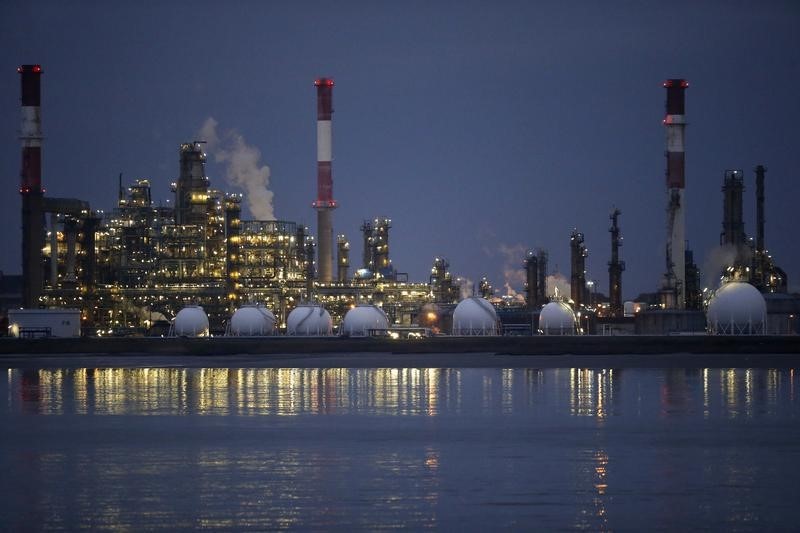Investing.com -- The U.S. Department of the Treasury and the IRS have released final rules and procedural guidance for the Section 48E(h) Clean Electricity Low-Income Communities Bonus Credit Amount Program. This program is an expansion of the initial 48(e) bonus credit, aimed at reducing home energy costs and promoting clean energy investments in low-income communities, Indian Lands, and affordable housing developments.
The first year of the 48(e) program received over 54,000 applications from 48 states, the District of Columbia, and 4 territories, generating an estimated $3.5 billion in investments in low-income communities and Indian Lands. It is expected to offset energy costs by $270 million annually. In its second year, the program received over 57,000 applications for over 1.9 gigawatts of clean energy generation, with approved applications expected to generate approximately $4 billion in investments and nearly $350 million in annual energy cost savings.
The new rules expand the list of eligible technologies beyond wind and solar to include zero-emissions technologies like hydropower and geothermal. The allocated credit offers a 10 or 20 percentage point increase on top of the 30 percent 48E investment tax credit, provided prevailing wage and apprenticeship requirements are met.
U.S. Deputy Secretary of the Treasury Wally Adeyemo stated that expanding the Clean Electricity Low-Income Communities Bonus Credit will help reduce energy costs in often neglected communities and enable developers to work with these communities to provide tailored energy and economic solutions.
The 48E(h) program plans to allocate bonuses to 1.8 gigawatts of clean electricity generation serving low-income communities each year, from 2025 through at least 2032. The application period for the 2025 Program Year will open on January 16, 2025, and close on August 1, 2025. For the 2026 Program Year and subsequent years, the application period will open on the first Monday of February and close on the first Friday of August.
The final rules include key changes from the 48(e) program, such as the transition to the 48E Clean Electricity Investment Credit, and the incorporation of public feedback and lessons learned from previous program years. The changes include expanding the eligibility of investment technologies and the impact for low-income households, and creating opportunities for small businesses. The final rules also provide a pathway for emerging clean energy businesses to receive priority in applying for the program.
The Treasury's guidance also outlines the annual capacity limitation available for allocation, divided across four facility categories. For each program year, the annual capacity limitation of 1.8 gigawatts will be distributed accordingly.
This article was generated with the support of AI and reviewed by an editor. For more information see our T&C.
